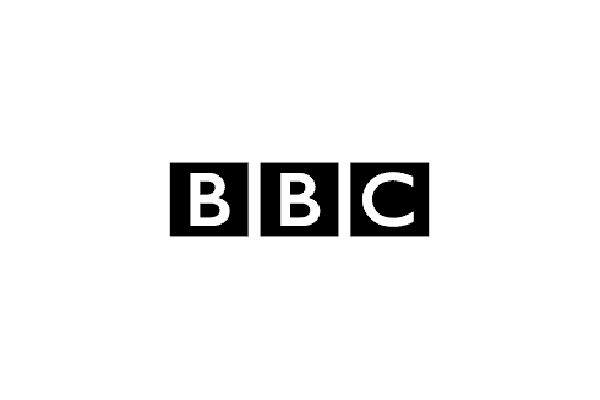Compare tracker mortgages
Find a tracker mortgage that works for you
What is a tracker mortgage?
A tracker mortgage has a variable interest rate based on a financial indicator. The Bank of England base rate is by far the most commonly used by UK lenders, but there are others.
Your payments go up or down each month, depending on what happens to the indicator your rate follows. When interest rates rise or fall as a result of changes to the indicator, your repayments increase or decrease to reflect this.
Tracker mortgage rates typically start out cheaper than fixed rates, but the lower rate is only locked in for a short period, often two or five years, which is known as an introductory period. When this period ends, lenders switch you to their standard variable rate (SVR).
How do tracker mortgages work?
Tracker mortgage rates vary depending on:
How much you want to borrow
How many years you take the mortgage over
How big your deposit is
Most tracker mortgages are set at a certain level above the indicator they follow. For example, if the tracker is 1% above a 2.5% base rate*, your mortgage interest is 3.5%
Some tracker mortgages have an interest rate floor (which is sometimes referred to as a collar) meaning that your interest rate won't drop below a defined level, even if the rate it follows does.
For example, if the collar is 1.5%, you will continue to pay this even if the base rate fell all the way down to 0%.
*for demonstration purposes only, the current BofE base rate is 3.75%.
How to find the best tracker mortgage rate with Mojo Mortgages
Tell us your mortgage information
Compare with Mojo's deal table
Get your best mortgage deal with an expert
What can cause your tracker mortgage rate to change?
Most tracker mortgages follow the Bank of England (BOE) base rate. Buy-to-let tracker rate mortgages were largely tracked by LIBOR (London Inter-Bank Offered Rate) until 2021 when its use was phased out.
Those mortgages not tracked by the BoE base rate (typically buy-to-let mortgages) are now tracked by the closely linked Sterling Overnight Index Average (SONIA).
Regardless of the type, the indicator is what causes your interest, and your repayments to rise or fall. Always make sure you’re looking at a real tracker linked to an external rate, not a variable mortgage where the rate is chosen by the lender themselves.
How often could my tracker mortgage rate change?
The Bank of England base rate is usually voted on by the Monetary Policy Committee (MPC) eight times a year with occasional emergency meetings on an ad hoc basis.
The base rate usually increases when inflation is on the rise and falls during a recession. This means that staying aware of the UK’s financial climate can be useful if you have a tracker mortgage deal.
How long can I get a tracker mortgage deal for?
Tracker mortgage rates come as either fixed-term (lasting for two, three, five or 10 years) or lifetime options.
Fixed-term trackers revert to the lender's SVR at the end of their period, and switching early can incur significant early repayment charges.
A lifetime tracker interest rate lasts until your mortgage is paid off. This type of tracker generally doesn't offer the best interest rates, but often doesn’t have early repayment charges for overpaying or remortgaging (changing to a better mortgage).
Are tracker mortgages a good idea?
Advantages of tracker mortgages
Disadvantages of tracker mortgages
Tracker mortgage FAQs
What happens when my tracker rate ends?
Your lender will move you to its standard variable rate (SVR), which is likely to be higher, meaning you will pay more each month. This is a good time to shop around for a remortgage deal.
Can I pay off my mortgage before the tracker rate ends?
Yes, but many lenders charge you if you repay or switch your deal before the initial (or introductory) tracker rate ends. This can cost thousands of pounds.
What are the alternatives to a tracker mortgage?
If you want another form of variable rate mortgage, you could opt for a discount rate mortgage, which is a set percentage below the lender’s standard variable rate (SVR) or some lenders will allow you to choose their SVR.
You could also opt for a fixed-rate mortgage deal, which is typically charged at a higher rate of interest, but sets your payments for a fixed period of time.
Didn’t find what you were looking for?
Use the links below to find out about other mortgages

















